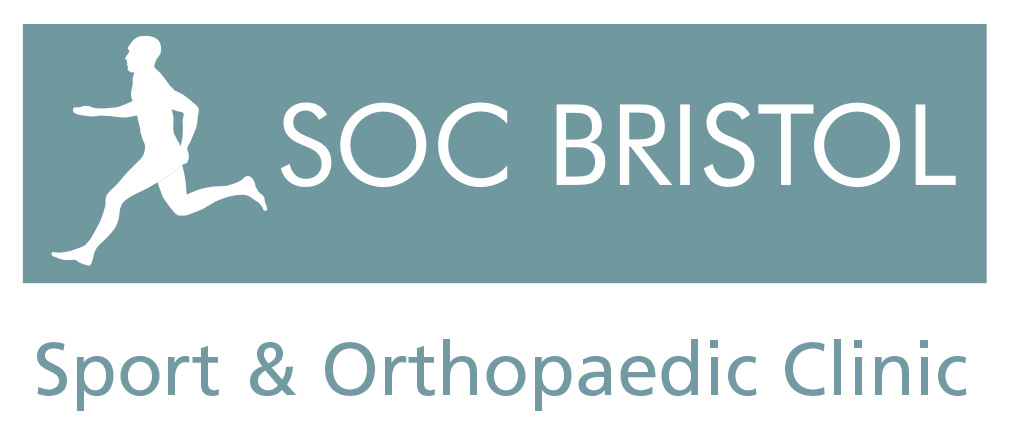Arthroscopic Subacromial Decompression (ASD or ASAD)
Description:
A keyhole camera (arthroscope) is used to inspect the shoulder joint and subacromial bursa. The procedure involves the removal of excess bone from the under surface of the acromion (the tip of the shoulder blade) using a keyhole burr or shaver. This increases the subacromial space and typically relieves pain and irritation from the sub acromial tissues and in particular the tendons and bursa (impingement syndrome).
The operation may be undertaken independently or in conjunction with other procedures; Rotator Cuff Repair and Acromio-Clavicular Joint Excision.
The purpose of the surgery:
The aim of the surgery is to relieve upper arm pain and weakness associated with impingement symptoms.
Alternative Treatment options:
Alternative treatments include Physiotherapy and steroid injections. Most patients with rotator cuff impingement should have appropriate physiotherapy and consider an injection before undergoing surgery. There is the reasonable probability that with appropriate focused physiotherapy impingement symptoms can be addressed. If physiotherapy has not been successful and an injection has provided only transient relief an arthroscopic subacromial decompression may be indicated.
Anaesthetic:
The surgery is typically undertaken with the patient asleep with a nerve block to provide additional pain relief. The procedure can be undertaken with the patient awake with a nerve block and some sedation.
Incision:
The procedure is usually carried out through 2 or 3 small (5mm) incisions. These incisions do not normally require sutures or stitches. Steri-StripsTM are normally used to close the wounds and these are covered by an OpsiteTM dressing. These dressings may in turn be covered by a large padded dressing immediately following the operation. This padded dressing is removed prior to being discharged home.
Rehabilitation:
Following the surgery no immobilisation is required although a sling may be given for comfort for the first 24 hours or so. A sling may also be helpful as the arm may remain numb for 24-36 hours following the nerve block.
It is typically at least 6 weeks before you can undertake manual activities or lifting with the effected shoulder. It may take at least 3 months before you feel better following the surgery. It often takes 6 months before the shoulder feels more ‘normal’ and further improvement occurs for 18-24 months.
Please see Decompression rehabilitation guidelines.
Risks associated with the operation:
All operations are associated with a degree of risk but complications associated with an Arthroscopic Subacromial Decompression are rare.
Infection (<1%)
Anaesthetic Risks (Anaestheic complications are rare but include Heart Attack (Myocardial Infarction, MI), Stroke (Cerbero-Vascular Accident, CVA) and a clot in the leg (Deep Vein Thrombosis, DVT) or lungs (Pulmonary Embolus, PE).
Damage to nerve or blood vessels (Neuro-Vascular Damage).
Stiffness. There is a small risk of developing a stiff or frozen shoulder after the surgery. This should get better on its own but does occasionally require treatment. The risk is increased if you are diabetic or have Dupuytren's Disease (a condition in which fibrosis of the palm causes flexion of the fingers) or a family history of these conditions.
While the probability of symptom improvement is high it remains possible that symptoms may remain unchanged or deteriorate.
Further surgery (Re-operation)

